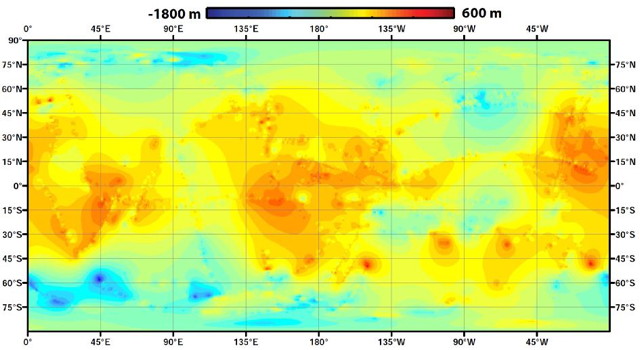
The first global geologic map of Titan, based on radar and infrared data from the Cassini probe, has been released.
The map legend colors represent the broad types of geologic units found on Titan: plains (broad, relatively flat regions), labyrinth (tectonically disrupted regions often containing fluvial channels), hummocky (hilly, with some mountains), dunes (mostly linear dunes, produced by winds in Titan’s atmosphere), craters (formed by impacts) and lakes (regions now or previously filled with liquid methane or ethane). Titan is the only planetary body in our solar system other than Earth known to have stable liquid on its surface—methane and ethane.
The map is the result of research published today in Nature Astronomy.
Previously: Titan in Infrared; Mapping Titan with VIMS; A Topographic Map of Titan.



